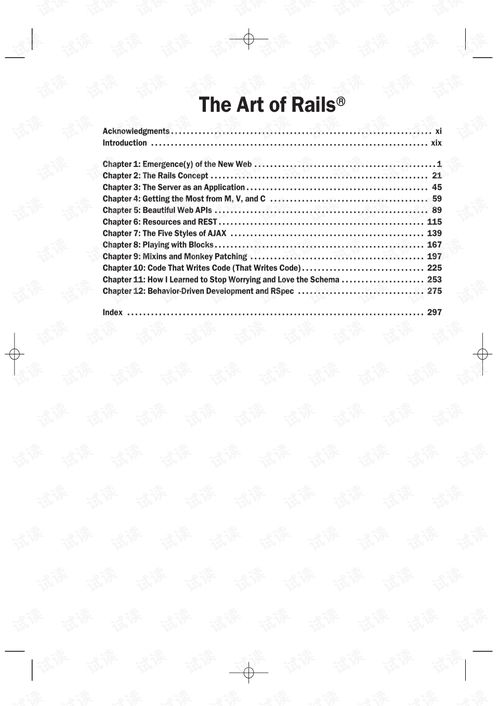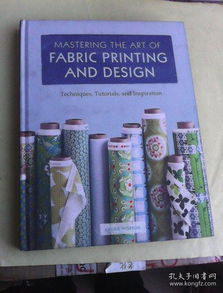Content:
Introduction: Canal fishing has always been a beloved pastime for anglers seeking a serene and tranquil environment to enjoy their hobby. With the gentle flow of water and the scenic beauty surrounding you, canal fishing offers a unique experience. One of the key aspects of successful canal fishing is mastering the art of fishing and bobber adjustment techniques. In this article, we will delve into the various methods and tips to help you become a skilled canal angler.
Choosing the Right Equipment: Before you start fishing, it is crucial to choose the right equipment. Here are some essential items you will need:
- Rod and reel: A lightweight, flexible rod with a suitable reel for your fishing style.
- Line: Use a line that matches the size of your bait and the species you are targeting.
- Hooks: Choose hooks that are appropriate for your bait and the fish you want to catch.
- Lures and baits: Select baits that are known to attract the fish in your chosen canal.
- Bobber or float: A bobber helps you to detect when a fish is biting by moving in the water.
Understanding the Canal Environment: Canals can have varying depths, currents, and weed growth. Familiarize yourself with the specific conditions of the canal you are fishing in. This knowledge will help you determine the best fishing spots and techniques.
Selecting the Right Bobber: The bobber you choose will depend on the depth of the water and the species you are targeting. Here are some tips for selecting the right bobber:

- For shallow water, use a small, lightweight bobber that is easy to control.
- In deeper water, opt for a larger bobber that provides better visibility.
- For species that feed near the surface, use a floating or slow-sinking bobber.
- For bottom-feeding fish, use a sinking bobber that keeps your bait at the desired depth.
Attaching the Bobber: Properly attaching the bobber to your line is crucial for successful fishing. Follow these steps:
- Thread the line through the bobber's hole and tie a secure knot, such as an improved clinch knot.
- Add a split shot above the bobber to create the desired distance between the bait and the bobber.
- Adjust the weight of the split shot based on the depth of the water and the desired presentation.
Bobber Adjustment Techniques: Adjusting the bobber correctly is essential for detecting subtle bites. Here are some techniques to consider:
- The "bobber dance": When the bobber starts to move erratically, it may indicate a bite. Gently tap the line to see if the bobber moves in response.
- The "tug test": Gently tug on the line to see if the bobber moves. If it does, it may indicate a bite.
- The "wait and watch" method: Keep a close eye on the bobber, as even the smallest movements can indicate a bite.
Presenting Your Bait: Once you have your bobber set up, it's time to present your bait effectively. Here are some tips:
- Cast your line out with a smooth, controlled motion.
- Allow the bait to sink to the desired depth before starting to retrieve it.
- Vary your retrieve speed and technique to mimic the natural movement of the bait.
- Be patient and give the fish time to react to your bait.
Maintaining Your Equipment: Regular maintenance of your fishing equipment is essential for a successful fishing trip. Here are some tips:
- Inspect your line for any signs of wear or damage and replace it if necessary.
- Clean your hooks, reels, and rod after each use to prevent rust and corrosion.
- Keep your bobbers in good condition by checking for any cracks or damage.
Conclusion: Mastering the art of fishing and bobber adjustment techniques on canals can significantly enhance your fishing experience. By choosing the right equipment, understanding the canal environment, selecting the appropriate bobber, and adjusting it correctly, you will be well on your way to catching more fish. Remember to practice these techniques and experiment with different methods to find what works best for you. Happy fishing!












